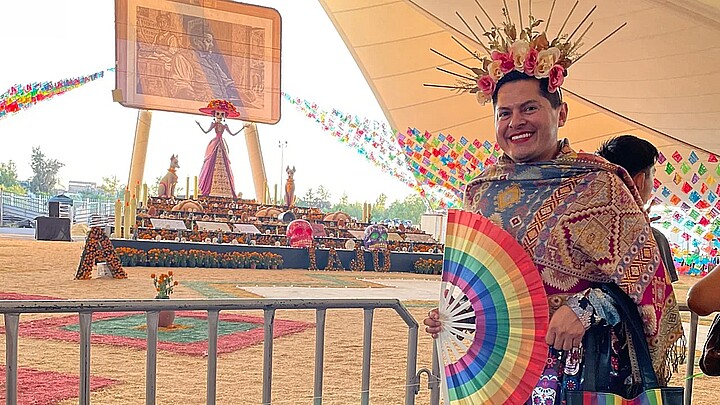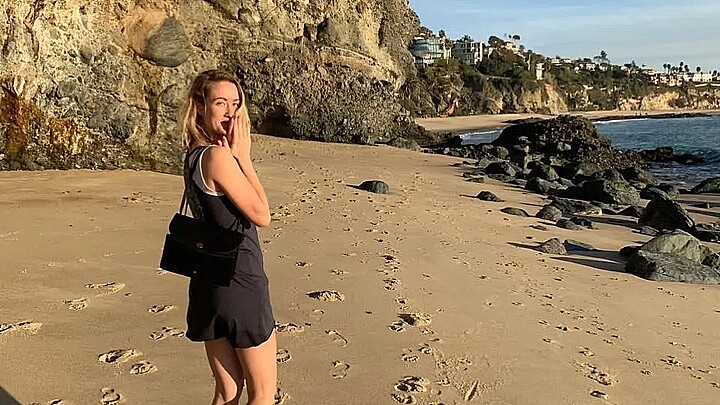Culture
Cinco de Mayo: A celebration of Mexican freedom and courage
The story behind the heroic Mexican general and his 1862 victory over the French empire
May 5, 2022 2:59pm
Updated: May 5, 2022 2:59pm
If there’s one holiday Americans love besides Christmas, Thanksgiving and the Fourth of July, it’s the Mexican holiday of Cinco de Mayo. After all, who wouldn’t love a holiday that empowers millions to shamelessly eat delicious Mexican tacos and toast victory with margaritas? After all, dancing to Mexican Mariachi might be a little more fun toasting marshmallows over an open fire or piling turkey and stuffing at on ones plate at the dinner table—just a little!
Although it seems counterintuitive, for these indulgent reasons, Cinco de Mayo has actually become more popular in the U.S. than in its home country of Mexico. Part of that is because of the efforts of Chicano activists who raised public awareness about Mexican heritage in the U.S. during the 1960’s. The bother part is that beer, wine and tequila companies decided to use the holiday to increase sales in the 1980’s by eagerly embracing the holiday.
Still, the holiday has an important story because it celebrates the heroism of brave Mexican soldiers and an incredibly courageous general who fought fearlessly for his people.
Here’s what we know about the popular holiday:
Cinco de Mayo is Spanish for the Fifth of May. It’s a yearly event that celebrates the anniversary of Mexico’s unlikely victory against the powerful French empire at the Battle of Puebla in 1862.
The birth of the Mexican republic and states stems from the First Mexican Republic in 1821. That first Republic temporarily ended in 1835 after General Antonio Lopez de Santa Anna seized control and turned it into a unitary state known as the Centralist Republic of Mexico. Once republican forces were able to take back the country, they founded the Second Federal Republic of Mexico in 1846.
The Battle of Puebla in 1862 was one of the first conflicts arising from the Second French Intervention in Mexico, which took place after Benito Juarez, President of the United Mexican States stopped all debt payments to foreign nations.
Needless to say, the French weren’t too happy about that. In December 1861, Napoleon III decided to send the naval forces across the Atlantic to Veracruz with the aim of replacing the Mexican Republic with a new monarchy that would be favorable to France.
Britain and Spain chose to settle on what they could with the new Mexican Republic and left before the French arrived to avoid engaging in another war.
On May 5, the French attacked and the Battle of Puebla began.
Although the French showed up with 6,500 of their elite legionnaire forces, and the Mexicans only had an estimated 600-2,000 soldiers, the Mexicans had one advantage: they were being led by a heroic underdog general named Igancio Zaragoza who was a lawyer and member of the indigenous Zapotec tribe.
Knowing they were badly outnumbered, Zaragoza decided to use his knowledge of the Mexican landscape to his advantage. Falling back to special defensive forts outside of Puebla, the young general was able to successfully fight back and hold the line against French incursions at Fort Loreto and Fort Guadalupe.
Once Zaragoza had pushed the French back he pushed the French to the gates of the city and then turned the tide against them by launching counterattacks. Soon, the French were on the run to a city called Orizaba.
But Zaragoza didn’t stop there. He pressed on.
When the sunset fell across the Mexican landscape that fine day, Zaragoza had won the battle losing on 90 men compared to the French who had lost more than 1,000. Zaragoza instantly became heralded as a legendary hero as word spread across the Mexican Republic.
In a dramatic twist of irony, Zaragoza’s fighting spirit was reminiscent of the Texan Republic’s 1836 stand at the Alamo in San Antonio nearly three decades before, where heroic American warriors like Davy Crockett tried to hold off Santa Anna.
But unlike the tragic fall of the Alamo, Zaragoza succeeded and defeated the invaders.
The young general did not live long after his much celebrated victory. He contracted typhoid and died at the age of 33. But the legend did not die with him. Although the French occupied Mexico for several years as an empire, they were eventually defeated and the Mexican Republic was restored.
The spirit of Zaragoza carried Mexico through the war and they never forgot his courage, fighting fearlessly until the U.S. Civil War ended and their American neighbors were able to help the unrelenting Mexican army expel the French from North American territory.
Soon, the town of Puebla de Los Angeles was renamed after Zaragoza.
So when we drink margaritas today we should have fun—but more importantly, we should never forget the bravery of General Zaragoza who embodied the spirit of freedom, and love for the Mexican people.










